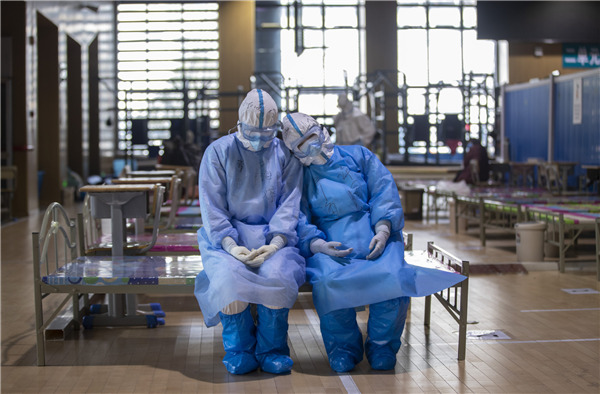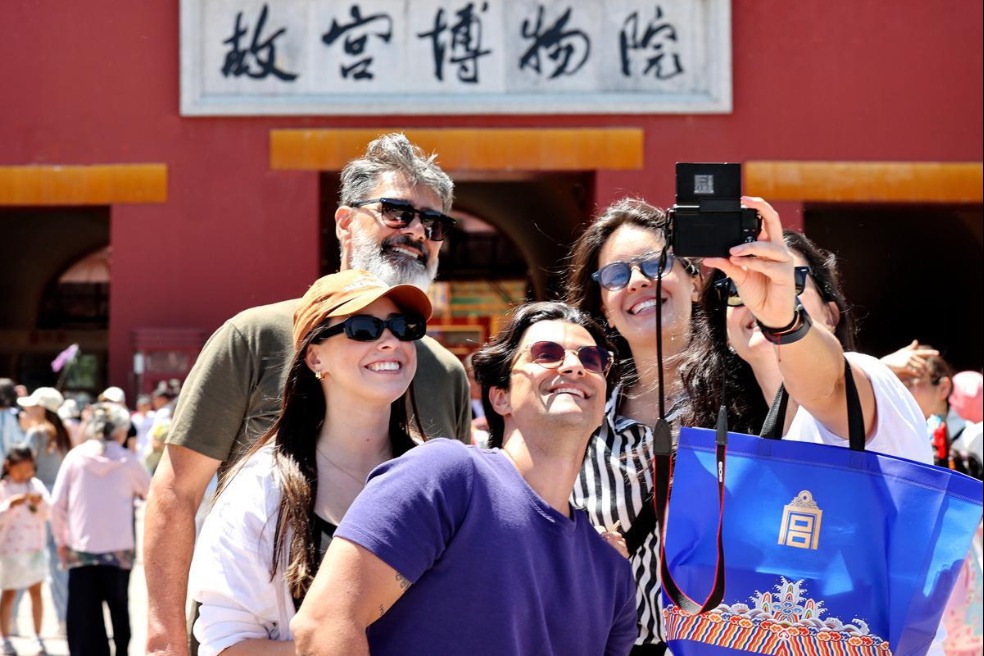Wuhan's battle against the virus through the lens of a photographer
Xinhua | Updated: 2020-04-10 09:40

RECORDING HISTORY
As a photojournalist, I hope that the moments I have captured will become pieces of history. I hope my images will not only offer information but also record the touching stories and lives I saw.
When I arrived in Wuhan, the worst was already behind the city, and the epidemic was under control. As more and more patients recovered, one by one, the makeshift hospitals that had been converted from public venues closed.
On March 9, the last patient at Jianghan makeshift hospital, which had treated the most patients in Wuhan, walked out. I saw, through my lens, all the medics singing and dancing to celebrate this momentous occasion.
I took uncountable pictures that day, and my camera roll was full to bursting with shots of joyful medics celebrating and tearful patients waving goodbye to the people who had helped them. But my colleagues and I decided not to leave, so we waited at the exit.
At around 5 pm, Lu Chong, the last doctor on duty at Jianghan, left. She stood at the gate for a long time, as if she was trying to process what had happened. At last, she turned around and waved to the building where she had battled for over a month.
"The hospital is closed, and I feel excited. All the patients have left in good health. We did it!" Lu choked.
The next day, I went to Wuchang makeshift hospital, which was to shut that day. It was the last of all the city's 16 makeshift hospitals.
Inside the hospital, patients played chess or listened to music, one invited the medics to dance.
Despite all the merriment, two medics sat in a corner caught my eye. They weren't talking. They were just leaning on each other, as still as statues, with sunlight filtering through the window behind them. It was as if time stood still.
I held back asking them about the past month or if they were exhausted. I didn't want to disturb the peaceful moment. I just pressed the shutter and walked away.
























